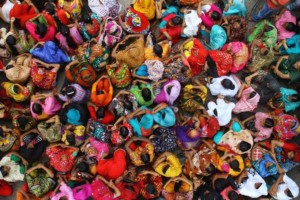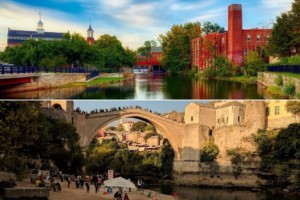Turn down the volume: How to plan for a sustainable tourism recovery after C‑19
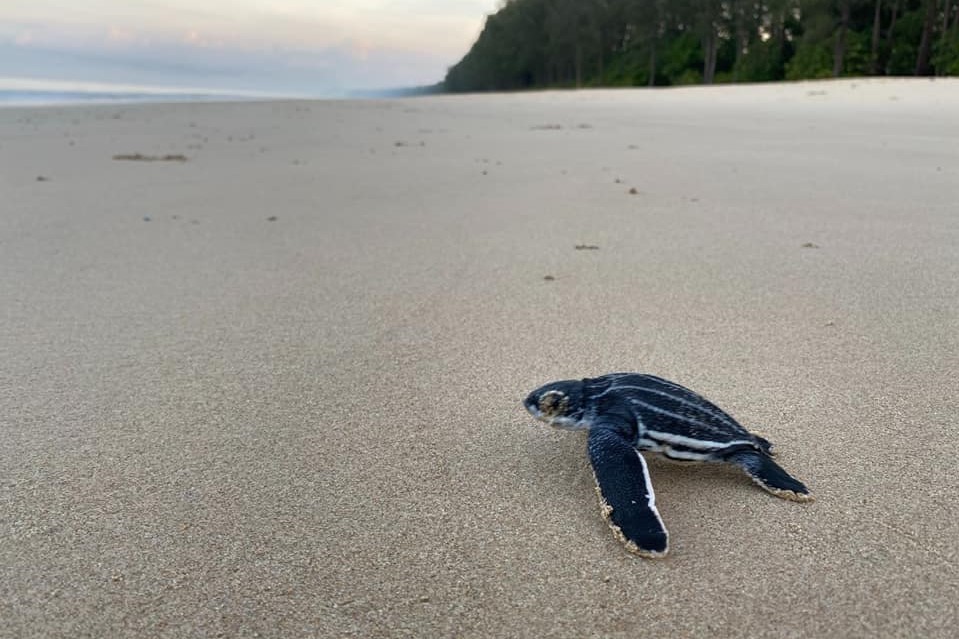
Bangkok-based travel & hospitality entrepreneur and sustainable tourism advocate Willem Niemeijer sees an opportunity in the SARS-CoV‑2 crisis; an opportunity to rebalance tourism with more sensible management and less visitor volume. But make your plans swiftly because Mr Niemeijer reckons recovery will be faster than many think.
The lockdown measures in place to keep the COVID-19 coronavirus from spreading have been an unmitigated disaster for the travel industry. Millions of people are furloughed or out of their jobs. Billions of dollars have been lost. Locals are sheltering at home. City streets, famous beaches, and iconic tourist sites around the world lie almost empty.
However, reports of wildlife returning to claim former habitats, such as the leatherback turtles in Phuket and the dugongs in Trang show the upside to the downturn.
There are other positives, such as lucky travellers enjoying a visit to Angkor Wat, and having that world-renowned site all to themselves.
Most tourist attractions in the world are closed or cannot be reached. But ‘soon’ they will open their doors again.
How long the recovery takes is anyone’s guess. My take is that it will be faster than we think. One of the reasons I believe this is that the crisis is global. With localised negative events in the past such as SARS, 9 – 11 and the 2004 tsunami, travellers could go elsewhere. Now we can’t travel at all. In short, this crisis is the great equaliser. All destinations are at zero on a level playing field.
This is an opportunity. Specifically, it’s an opportunity to make the comeback all about better management, not volume. To do that, let’s look at why visitors come to destinations in the first place.
Take Cambodia. While the destination has a lot to offer — verdant jungles, pristine islands, vibrant city life — the core attraction has been the physical ruins of ancient Khmer culture. At the same time, the bad experience of hordes of tourists being in the way of each other takes the pleasure out of what should be a positive experience.
So how about visiting Angkor Wat when few people are there, as is the case now? This can be done by using existing booking and ticketing apps such as used by the Van Gogh Museum in Amsterdam, the Pradoi in Madrid and others, to manage visitors numbers to each site.
Angkor is a massive complex, with many impressive temples far apart: Taphrom, the Bayon, Preah Khan and many others beside Angkor Wat. On top of that, there are sites further afield, such as the magnificent Banteay Srei complex. Technology can be deployed to plan visitor numbers to each site in time slots, creating a far superior experience and allowing for better conservation of the World Heritage Site. Entire itineraries can be built, perhaps adding (electric) vehicles to transport visitors from site to site, avoiding overcrowding, and ensuring visitors see all the important locations.
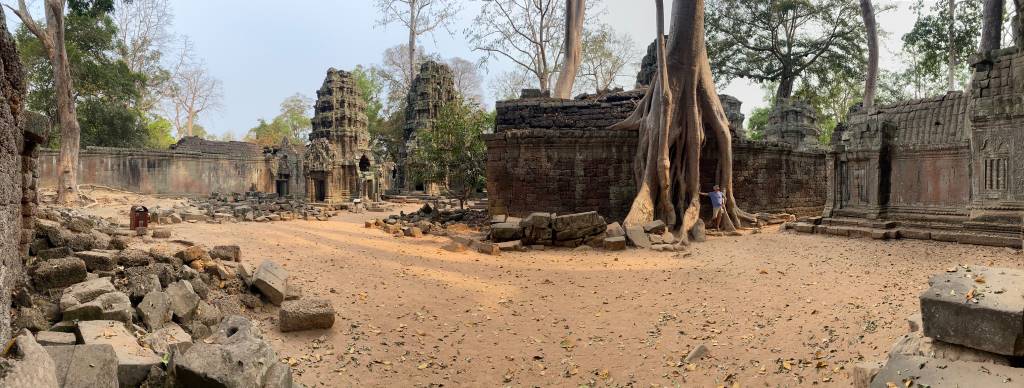
Thailand, the most successful Southeast Asian country in terms of tourism numbers, has for some years now been wavering between quality and quantity. The then Minister of Tourism and Sports, Ms Kobkarn Wattanavrangkul, proclaimed in 2017: “It’s the quality of visitors that we’re looking at. The emphasis is now on the revenue per head and the quality.” Yet today all the measuring is still done in passenger arrivals, which means that revenue growth is always trailing arrival growth.
After many decades of growth, and with perhaps up to 15% of its economy dependent on tourism, it’s too late to make the choice. Thailand needs to ace both quality and quantity. Investment in the sector, made by players big and small, should be supported, encouraged and rewarded.
To find sustainable growth, where no sacrifices are made to culture and environment, the country should take inspiration from the 1987 – 88 Visit Thailand Year, a campaign that brilliantly promoted factors that set the country apart from other destinations: a living culture that has in many ways remained unchanged over centuries, innate hospitality, and an unrivalled cuisine.
This Thai spirit, hospitality and tradition can still be found everywhere in the country, especially in less-visited places. This realisation should encourage investment in visitor dispersion.
Meanwhile, already heavily developed places should step up their efforts in conservation. Phuket, for example, can now build its reputation as the island where Leatherback Turtles are protected through tourism funding. This will go a long way in attracting quality travellers.
With a level playing field, the global C‑19 crisis has created a unique opportunity for businesses and destinations. They need to join hands to eliminate weaknesses and invest in core strengths. Then they can bounce back fast and grow sustainably beyond 2019 numbers.
The future of tourism should be about better management, not volume.
Featured image (top of post): Leatherback hatching at Khao Lampi — Hat Thai Mueng national park. Image courtesy of © Phuket Marine National Parks Operations Center 2
About the author
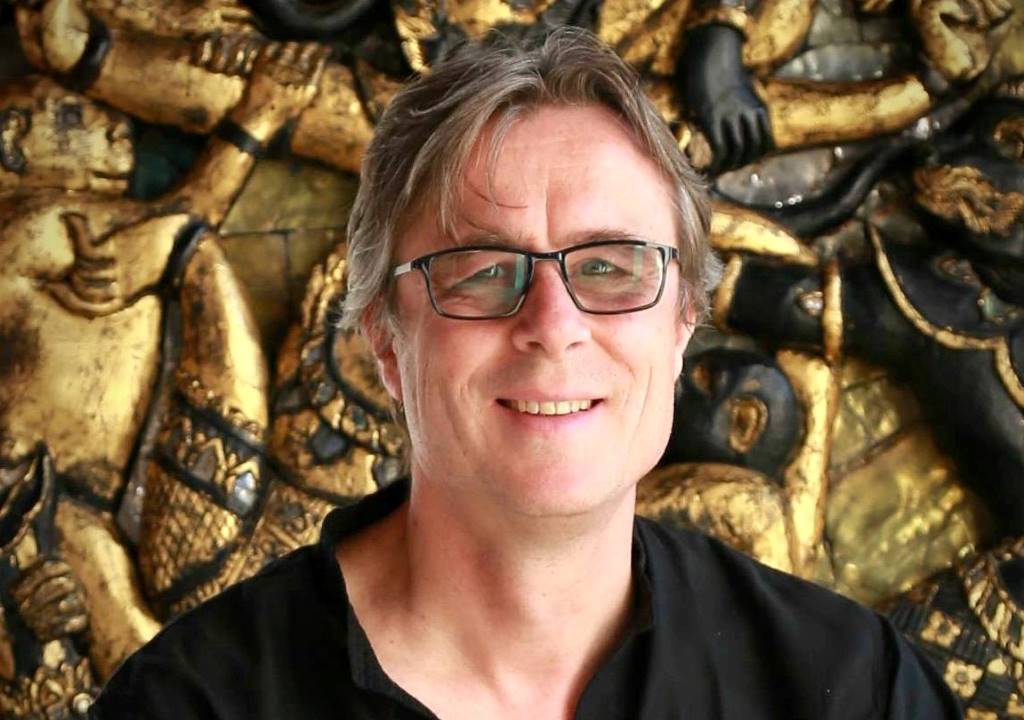
Willem Niemeijer has been passionate about travel for as long he can remember. Starting out at a student travel organisation in the 1980s, he moved to Thailand in 1987 and founded Khiri Travel in 1993. The DMC now operates in eight countries with 18 offices, and has a dedicated charity, Khiri Reach.
In 2016 Willem founded YAANA Ventures to create and grow a portfolio of sustainable hospitality brands in Asia. Today, YAANA oversees nature lodges in Thailand and Cambodia. Through YAANA Willem has bold plans for the sustainable hospitality sector in remote parts of Asia.
In addition to Khiri and YAANA, Willem is involved in GROUND Asia, specialising in service learning projects for schools and universities; Naruna Retreats, providing personal leadership development; and HMP Master, a new cloud-based solution for boutique hotel management.
Willem resides in Bangkok with his family and is fluent in Dutch, English and Thai. Find him on LinkedIn and Twitter.


